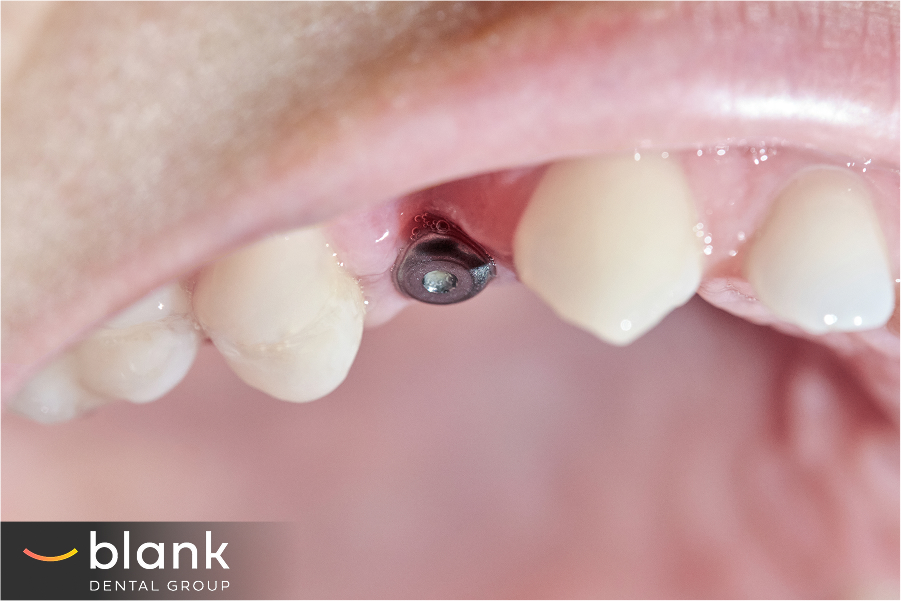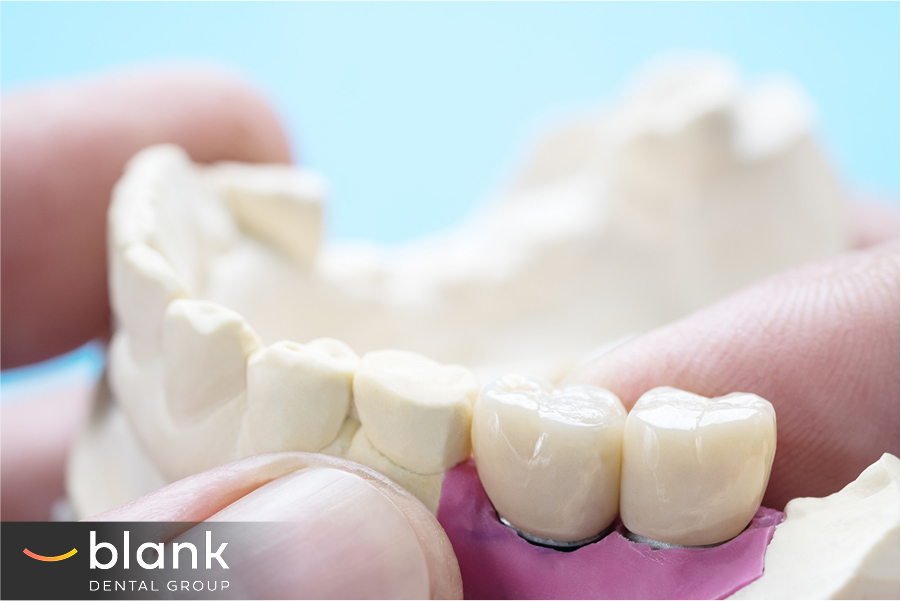When it comes to replacing missing teeth with dental implants, bone density plays a crucial role that many patients don’t fully understand. Your dentist may have mentioned this term during your consultation, and while it sounds technical, grasping why bone density matters for dental implants is straightforward—and absolutely essential for your treatment success.
As dental professionals, we see firsthand how bone quality can make or break an implant procedure. Today, we’re sharing everything you need to know about this crucial factor in restoring your smile.

Understanding Dental Implants
Before diving into bone density, let’s quickly review what dental implants actually are. Unlike dentures or bridges that sit on top of your gums, dental implants are artificial tooth roots surgically placed into your jawbone. These titanium posts serve as a strong foundation for replacement teeth that look, feel, and function just like natural teeth.
The magic of dental implants lies in a process called osseointegration, where the implant post actually fuses with your existing bone, creating a sturdy base for your new tooth. This integration is what gives dental implants their remarkable stability and natural feel.
Why Bone Density Affects Implant Success
Imagine trying to plant a fence post in sand versus solid ground. The fence in sand would wobble and eventually fall over, while the one in firm soil stands strong. Your jawbone and dental implants work similarly.
Bone density refers to how compact and strong your bone tissue is. When placing dental implants, adequate bone density matters because:
- The implant post needs sufficient bone to anchor securely
- Dense bone provides better support for the pressures of chewing
- Good bone quality allows for proper healing and integration
- Strong surrounding bone helps maintain the aesthetics of your smile long-term
Simply put, the success of dental implants depends heavily on having enough bone density to support them. Without it, implants may become loose or even fail entirely.

How Bone Loss Happens
You might be wondering why some people have insufficient bone density for implants in the first place. There are several common reasons:
Missing Teeth Change Everything
When a tooth is lost, your body naturally begins to resorb the bone that once supported it. In fact, 25% of bone width can be lost in the first year after tooth extraction. This process continues over time, leading to decreased bone density precisely where you need it most for implants.
Periodontal Disease Takes a Toll
Gum disease doesn’t just affect your gums—it silently attacks the bone supporting your teeth. Advanced periodontal disease is one of the leading causes of bone loss in the jaw, creating challenges for future implant placement.
Natural Aging Affects Bone Health
As we age, bone density naturally decreases throughout the body, including the jaw bones. This is especially true for women after menopause, when hormonal changes can accelerate bone loss.
The Upper Jaw Presents Special Challenges
The bone in your upper jaw (especially in the molar and premolar region) tends to be less dense than in the lower jaw. Plus, the sinus cavities above can limit the amount of available bone for implants.
Assessing Your Bone Density
Before recommending dental implants, your dentist will thoroughly evaluate your bone health.
This typically involves:
- Detailed 3D imaging to measure bone volume and quality
- Physical examination of your jaw and remaining teeth
- Review of your medical history and factors affecting bone health
- Evaluation of how long teeth have been missing
This comprehensive assessment helps determine whether you have adequate bone support for successful implant placement or if bone augmentation procedures might be needed first.
Related Article: Am I a Candidate for Dental Implants?

Solutions for Improving Bone Density
The good news? Even if you currently have insufficient bone density, that doesn’t mean dental implants are off the table. Modern dentistry offers several effective ways to improve bone quality and quantity:
Bone Grafting Creates a Solid Foundation
Bone grafting is a surgical procedure where bone material is added to your jaw to increase volume and density. The grafting material acts as a scaffold, encouraging your body to grow new bone in the area.
Types of bone grafting material include:
- Your own bone (autograft) – usually taken from another area of your jaw
- Donor bone (allograft) – carefully processed human bone from a tissue bank
- Animal-derived bone (xenograft) – typically from cows or pigs
- Synthetic materials – man-made substances that mimic bone
Over several months, your body incorporates this material, creating new, healthy bone tissue that can support dental implants.
Sinus Lift for Upper Jaw Implants
If you need implants in your upper molar region, where bone is typically thinner, a sinus lift might be recommended. This specialized bone augmentation procedure adds bone between your jaw and sinuses, creating more space for implant placement.
Advanced Bone Augmentation Techniques
For more complex cases, specialized procedures like ridge expansion, distraction osteogenesis, or guided bone regeneration may be used to ensure adequate bone support for your implants.
While these procedures add time to your treatment journey, they dramatically improve the long-term success rate of dental implants in patients with decreased bone density.
Maintaining Bone Health for Implant Success
Once your dental implants are placed, maintaining bone density becomes a priority for their long-term success. Here are key strategies:
Nutrition Powers Bone Health
A balanced diet rich in calcium and vitamin D helps maintain strong bones throughout your body, including your jaw. Dark leafy greens, dairy products, and calcium-fortified foods all contribute to healthy bone tissue.
Prioritize Oral Hygiene
While dental implants can’t get cavities, the surrounding bone and gum tissue remain vulnerable to infection. Meticulous oral hygiene prevents bacteria from causing inflammation that can lead to bone loss around implants.
Regular Dental Check-ups Matter
Professional monitoring allows early detection of any issues that might affect bone health around your implants.
Quit Smoking for Better Bone
Smoking significantly impairs bone healing and density. If you smoke, quitting greatly improves your implant success rates and overall bone health.
Why Bone Health Matters Long-Term
Even after successful implant placement, bone density continues to matter. Your jawbone remains dynamic tissue that responds to stimulation. Dental implants actually help maintain bone density by transferring chewing forces to the surrounding bone, much like natural teeth.
This is one reason why dental professionals often recommend replacing missing teeth with implants rather than traditional bridges or dentures – implants are the only replacement option that helps preserve your natural bone structure over time.
Taking the Next Step
If you’re considering dental implants but concerned about bone density, don’t let that stop you from exploring your options. Modern dental techniques have made implants possible for many patients who previously wouldn’t have been candidates.
The first step is a comprehensive evaluation with a dentist experienced in implant dentistry. They can assess your specific situation and recommend the best path forward – whether that’s proceeding directly with implants or first improving your bone density through specialized procedures.
Remember that addressing missing teeth promptly helps prevent further bone loss. The sooner you act, the more likely you are to have adequate bone support for a successful dental implant procedure.
Your journey to a complete, confident smile starts with understanding why bone density matters for dental implants – and now you’re well-informed to take that important first step.






